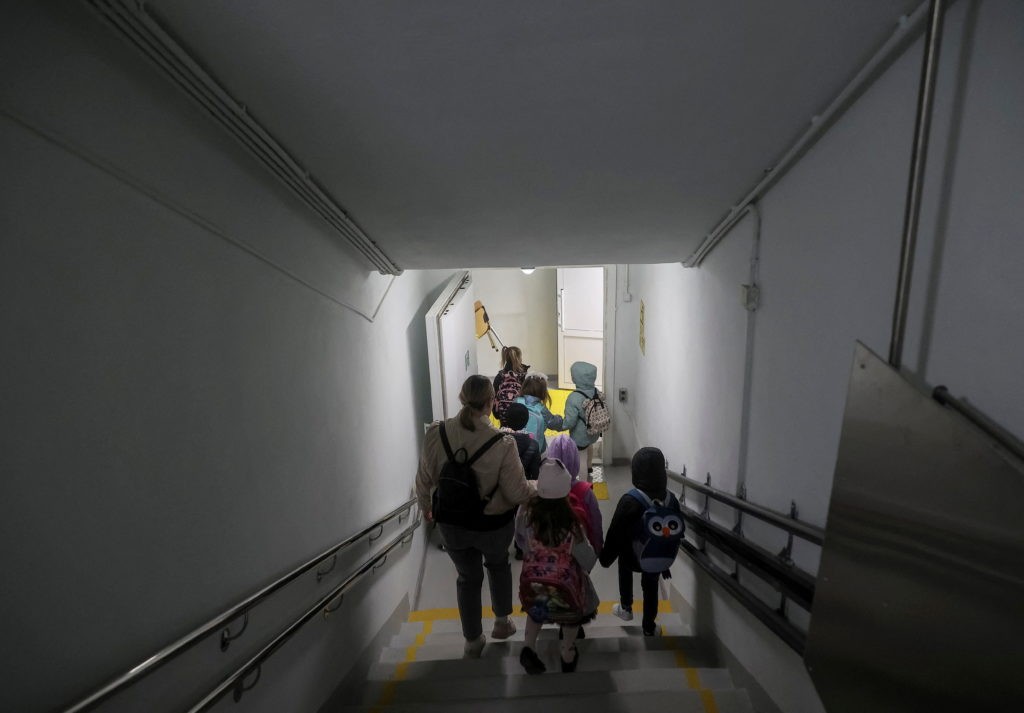
In a remarkable response to ongoing conflict, the city of Zaporizhzhia has unveiled its third underground school, designed to provide safe, uninterrupted education despite the threat of missile strikes. The newly opened facility transforms over 1,300 square meters of bomb shelter space into a fully functional school capable of accommodating 500 students simultaneously.
Located seven meters below ground, the reinforced structure offers protection against various aerial threats, including drones and specialized missiles. The facility gives students and teachers the opportunity to return to face-to-face learning after prolonged periods of remote education.
"Children and teachers will finally be able to communicate with each other in classrooms, not through screens," said Ivan Fedorov, head of Zaporizhzhia Oblast Military Administration. The shelter can protect up to 1,000 people during emergencies.
Beyond standard academic subjects, the curriculum has been adapted to include practical skills relevant to life in a frontline city. Students learn robotics, drone operations, and tactical medicine. The facility features all essential amenities of a regular school - medical facilities, a cafeteria, rest areas, and a designated sports corner.
This underground school represents part of a larger initiative, with Zaporizhzhia planning to construct a total of 21 such facilities. Nine are currently under construction, demonstrating Ukraine's commitment to maintaining education during wartime. The city opened its first underground school in December 2024 after a six-month construction period.
The project has attracted international attention, with American historian Timothy Snyder visiting alongside Ukrainian officials. Snyder noted that Russian missiles take approximately 35 seconds to reach the city, emphasizing the critical nature of these protective educational spaces.
For children from frontline areas and occupied territories where traditional schooling has become impossible, these underground facilities serve as educational sanctuaries, allowing them to continue their studies safely despite the ongoing conflict.